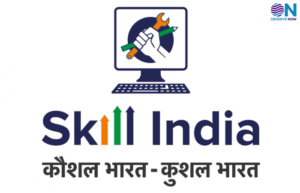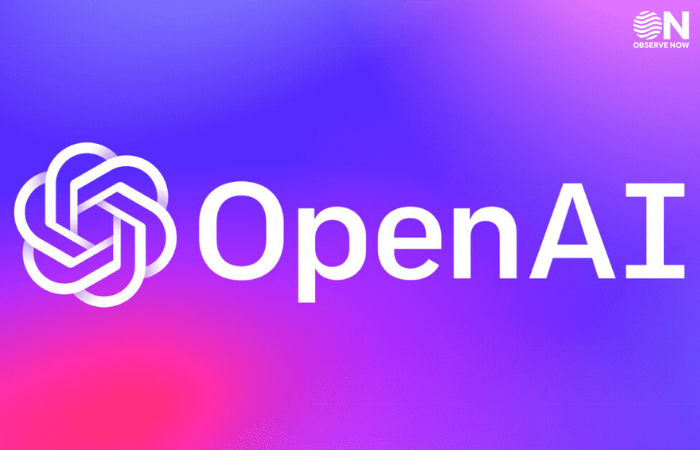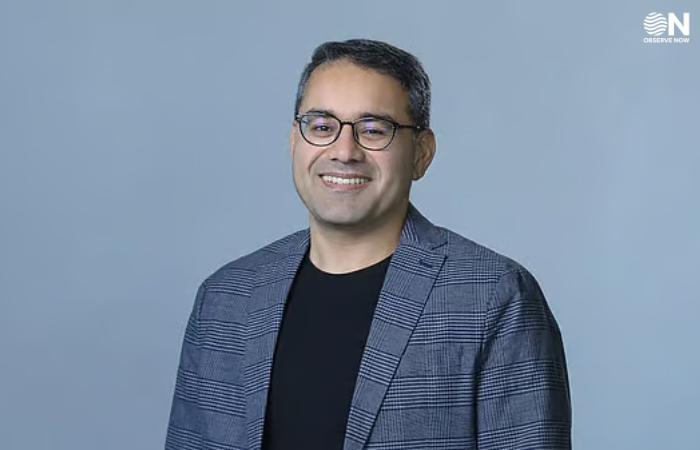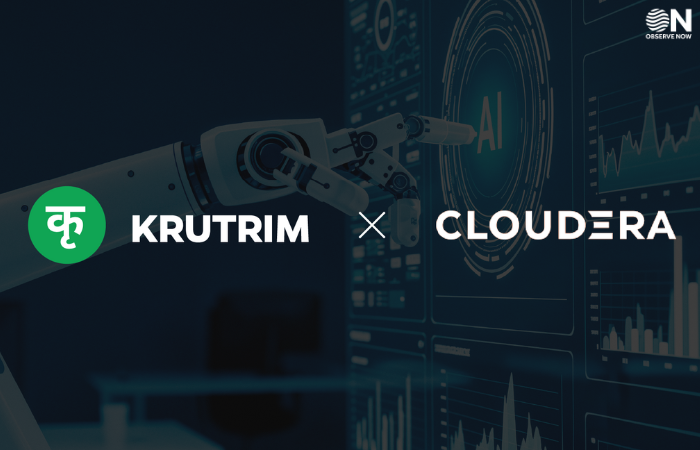Lucknow MLA Urges Youth to Treat Digital Literacy as a ‘Shield’ in the AI Era
In public comments, Lucknow MLA Rajeshwar Singh urged young people to invest in digital literacy, framing it as a protective and empowering skillset in an era of rapid AI adoption and labour-market transformation. Singh referenced global forecasts about job disruption and creation to underline that fundamental competencies—data fluency, critical evaluation of AI outputs, coding basics and ethical awareness—are essential to becoming producers rather than passive consumers.
He called on educational institutions to embed digital foundations across curricula and on government and civil society to scale training initiatives that certify practical competencies through micro-credentials and industry-linked modules. Singh highlighted that digital literacy needs to move beyond device familiarity to include privacy practices, assessment of algorithmic outputs and the ability to apply tools for civic and entrepreneurial purposes. Experts caution that large-scale programmes must pair infrastructure investment with teacher training so learning is pedagogically meaningful, and that rural and marginalised youth must be intentionally included. Practical pathways—partnerships between universities and employers, modular short courses, and entrepreneurship cells—can convert digital know-how into tangible careers and start-up opportunities.
If implemented with equity at the centre, such efforts can equip students to harness AI for job creation, innovation and civic participation, rather than be sidelined by technological change. Singh urged immediate action to scale these interventions and ensure young Indians gain the skills necessary to shape, not merely be shaped by, AI’s unfolding impact.

















